This answer assumes that you have a maven based project and that it is in a package-able state. mvn package should run without any errors.
When publishing to maven central you'll need to use a group id that would identify all artifacts uploaded by you. Something like in.ksharma. You'll also need to sign your artifacts so that the users are able to verify that they're actually coming from you.
So first go to sonatype jira and create an account, and then create a jira issue to have your group id approved. Something like this.
Now generate a gpg keypair for signing your artifacts:
$ gpg --gen-key
Define this key in ~/.m2/settings.xml:
<profiles>
<profile>
<id>sonatype-oss-release</id>
<properties>
<gpg.keyname>B63EFB4D</gpg.keyname>
<gpg.passphrase>****</gpg.passphrase>
<gpg.defaultKeyring>true</gpg.defaultKeyring>
<gpg.useagent>true</gpg.useagent>
<gpg.lockMode>never</gpg.lockMode>
<gpg.homedir>/home/kshitiz/.gnupg</gpg.homedir>
</properties>
</profile>
</profiles>
Modify your project's pom file and append -SNAPSHOT to your version.
So 0.0.1-BETA becomes 0.0.1-BETA-SNAPSHOT. Otherwise maven would complain:
[ERROR] Failed to execute goal
org.apache.maven.plugins:maven-release-plugin:2.4.2:prepare
(default-cli) on project log4j-weblayout: You don't have a SNAPSHOT
project in the reactor projects list. -> [Help 1]
Also add:
<parent>
<groupId>org.sonatype.oss</groupId>
<artifactId>oss-parent</artifactId>
<version>9</version>
</parent>
This parent pom provides you with some ready made functionality like configuring the maven-gpg-plugin to sign your JAR.
Now run mvn release:clean release:prepare to generate your artifacts and gpg signature. It will give you something like:
log4j-weblayout-0.0.1-BETA-javadoc.jar.asc
log4j-weblayout-0.0.1-BETA-sources.jar.asc
log4j-weblayout-0.0.1-BETA.pom.asc
log4j-weblayout-0.0.1-BETA.pom
log4j-weblayout-0.0.1-BETA.jar.asc
log4j-weblayout-0.0.1-BETA-javadoc.jar
log4j-weblayout-0.0.1-BETA-sources.jar
log4j-weblayout-0.0.1-BETA.jar
Now package these into a single JAR:
jar -cvf bundle.jar log4j-weblayout-0.0.1-BETA*
Go to Sonatype Nexus and login with your credentials. Go to staging upload and upload your bundle.

Then go to staging repositories section, select your repository and click release (More help here). Comment on the jira issue that you have released the artifact and wait some time.
Now your users can search and use the artifact from the central repository:


